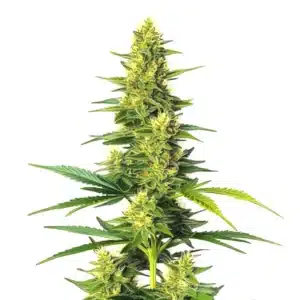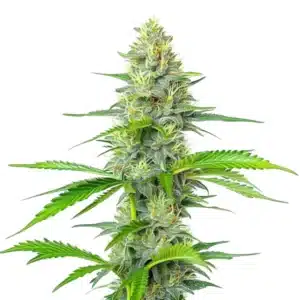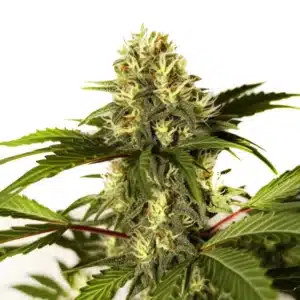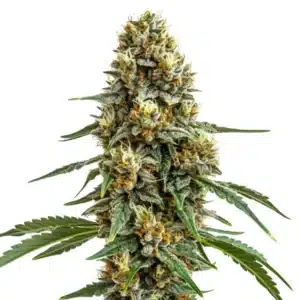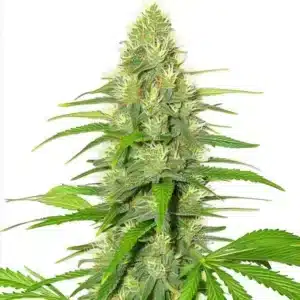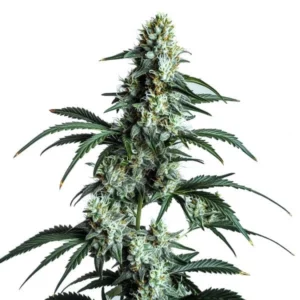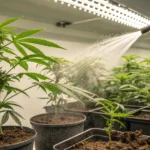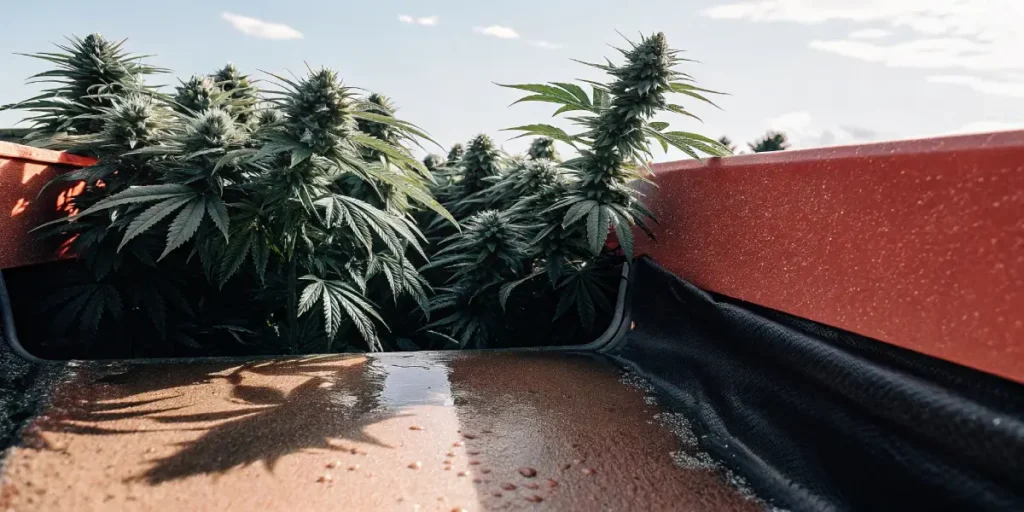
How Often Should You Water Cannabis Outdoors
Cultivating cannabis outdoors can be a rewarding project, offering the chance to grow healthy plants with vibrant flowers. One of the most important aspects of nurturing these plants is knowing how often should you water marijuana outdoors. Proper watering practices can greatly affect growth, yield, and overall plant health.
Factors Affecting Watering Frequency
Several factors influence how often you should water cannabis outdoors. Each element contributes to the plant’s hydration needs, making it essential to consider them all. Understanding these dynamics enables you to create a tailored watering routine for optimal results.
Recommended Strains
Auto White Widow CBD
|
|
CBD | 10% – 12% (Medium) |
|
|
Type | CBD Autoflowering |
|
|
Yield | Low |
|
|
Phenotype | 40% Indica / 60% Sativa |
Blueberry x White Widow
|
|
THC | 22% - 27% (High) |
|
|
Type | Feminized |
|
|
Yield | High |
|
|
Phenotype | 60% Indica / 40% Sativa |
Weather Conditions
The weather plays a significant role in determining how much water your plants require. Hot, sunny days with low humidity levels can quickly dry out the soil, leading you to water more frequently. Conversely, cooler temperatures or rainy days will lower the evaporation rate, reducing the need for irrigation. If you’re wondering how often should you water marijuana outdoors, it’s essential to monitor these weather conditions closely to adjust your watering schedule accordingly.
For instance, during the scorching summer months when temperatures soar, checking the soil moisture every few days might be necessary. On the flip side, if you experience a cold front, you may find your plants require significantly less water than before. Always adapt your watering based on these shifts to keep your plants thriving.
Type of Soil
The type of soil you use has a major impact on your watering frequency. Sandy soils drain quickly, causing water to leave the root zone at a faster rate. On the other hand, clay soils retain water longer but may require more attention to prevent over-saturation, which can lead to root issues. It’s essential to understand your soil’s characteristics to adjust your watering schedule accordingly.
For example, if you’re using a sandy mix, you may need to water more frequently compared to a heavy clay mix, where moisture retention is superior. Knowing your soil allows you to plan effectively and ensure your plants are adequately hydrated.
Stage of Growth
The growth stage of your plants also dictates how much water they need. How often should you water marijuana outdoors depends on factors like age and environmental conditions. Seedlings require less moisture than mature plants, as younger plants prefer to stay on the drier side while their roots are still developing. Conversely, during the flowering stage, your plants will benefit from increased water intake to support their growth and flower production.
As a rule of thumb, you should water less during the early stages, gradually increasing as your plants reach their peak growth phase. Monitoring their growth and adjusting your watering accordingly can lead to a bountiful harvest.
Promos & Deals
Signs of Water Needs
Knowing how to interpret signals from your plants can help you avoid overwatering or underwatering. Healthy plants provide clear indicators when it’s time for a drink, so tuning into these signs is crucial for their well-being.
Wilting Leaves
The first sign that your plants might need water is wilting leaves. This phenomenon can indicate dehydration. The leaves may droop or curl inward, signaling that the plant is struggling to maintain its moisture levels.
However, it’s vital to differentiate between wilting due to dry soil and wilting caused by excessive watering. Overwatered plants can face root challenges, so always check the soil moisture before taking action. Observing your plants closely will help you make informed decisions regarding their care.
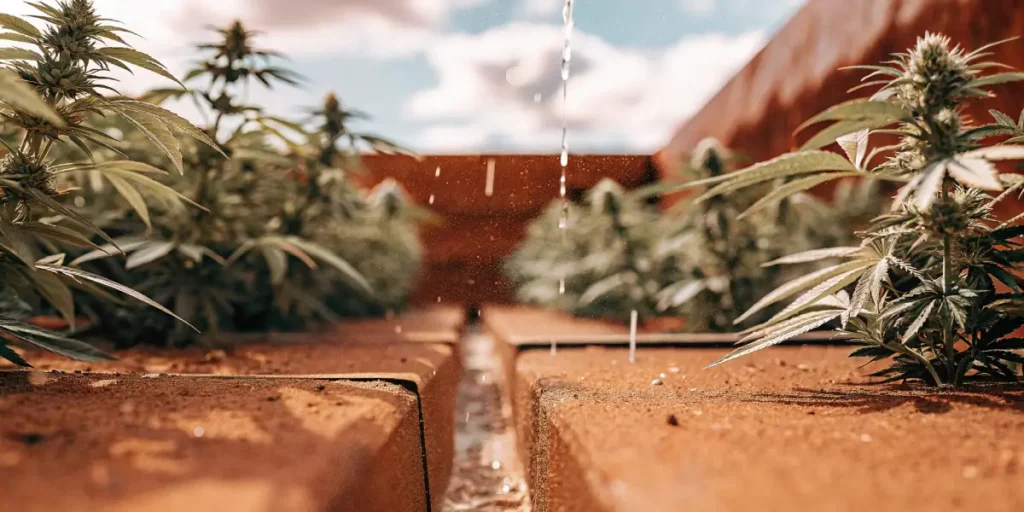
Soil Moisture Test
A straightforward way to determine if your cannabis plants need water is to conduct a simple soil moisture test. You can use your finger to check the top inch of soil; if it feels dry, it might be time for watering. Alternatively, employing a moisture meter can provide a more accurate assessment.
This technique allows you to avoid guesswork, ensuring your plants receive the right amount of water at the right time. Regular soil checks help maintain the optimal growing environment your plants crave.
Best Practices for Watering
Incorporating effective watering methods can significantly improve your plants’ health and yield. Several best practices can help you achieve this goal while promoting strong growth throughout the season.
Water Deeply but Infrequently
How often should you water marijuana outdoors? When you water, aim to do so deeply but less frequently. This approach encourages deep root growth, which is essential for the overall health of your plants. Deep watering allows roots to access nutrients and water from lower soil layers, fostering a well-established root system.
Generally, once the top inch of soil is dry, provide a thorough watering session until water begins to run out of the bottom of the container or soil area. This method ensures that the root zone remains well-hydrated, improving your plants’ resilience against temperature fluctuations.
Morning Watering
Watering in the morning has notable advantages. During this time, temperatures are typically cooler, allowing water to soak in without excessive evaporation. This timing also promotes optimal nutrient uptake, giving your plants the best start to their day.
Moreover, watering in the morning can help prevent fungal diseases that thrive in damp conditions, which can occur if watering is done later in the afternoon or evening. Establishing a morning routine could foster a healthier garden environment.
Identifying Overwatering and Underwatering
While proper watering is essential, knowing how to identify signs of overwatering and underwatering situations is just as important. Recognizing these signs will help you take timely action and adjust your practices accordingly.
Signs of Overwatering
Overwatering can have dire consequences for your cannabis plants, including root deterioration. When asking how often should you water marijuana outdoors, it’s important to understand that excessive watering can lead to problems such as yellowing leaves, especially on older ones, and a general droopiness. Additionally, a foul odor from the soil may indicate decaying roots, signaling a need for immediate intervention.
If you notice any of these symptoms, it’s wise to allow the soil to dry out completely before watering again. This pause facilitates root recovery and promotes healthier growth moving forward, ensuring your plants thrive in the long run.
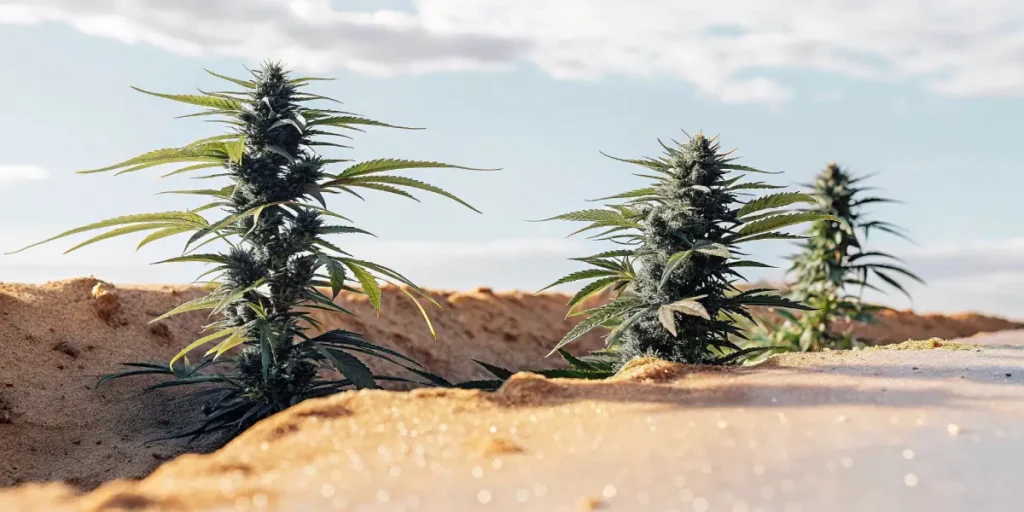
Signs of Underwatering
Conversely, underwatering can quickly become a concern as well. Common signs include dry soil, wilting plants, and crispy leaves that struggle to maintain their shape. The sooner you recognize these signs, the better your chances of remedying the situation with a proper watering session.
Striking a balance between the two is ideal; staying vigilant for stress signals will be key to maintaining your plants’ health and vigor. Remember, nurturing your cannabis encompasses understanding their unique needs.
Watering Techniques
Different watering techniques can enhance your efficiency and ensure your plants receive the right amount of moisture. Selecting the right method will also simplify your routine and ultimately benefit your plants.
Drip Irrigation
Drip irrigation systems are a fantastic choice, as they deliver water directly to the soil at the plant’s root zone, allowing for maximum moisture retention. This method conserves water while ensuring consistent hydration for your plants.
Additionally, utilizing a drip system can reduce the risk of fungal diseases by minimizing moisture on the leaf surface, creating an ideal environment for growth. For those wondering how often should you water marijuana outdoors, a drip system helps provide consistent hydration while avoiding overwatering, making it a practical solution for both novice and experienced growers looking to streamline their watering process.
Hand Watering
Hand watering remains a popular choice among many cultivators. It provides direct access to the plants and allows for precise control over the amount of water delivered to each individual plant. This technique grants the flexibility to adapt your watering strategy based on each plant’s needs.
While effective, hand watering does require regular monitoring. Keeping a close eye on your plants’ response will help you avoid over or under-watering, ensuring healthy and thriving cannabis plants throughout the growing season.
Choosing the Right Cannabis Strains
Your choice of cannabis strain can significantly influence your outdoor watering needs. Some strains are more resilient and drought-tolerant, while others may require more diligence and attention regarding their hydration. Understanding how often should you water marijuana outdoors is essential to meet the specific requirements of each strain and ensure healthy growth.
Durban Poison
Durban Poison is known for its ability to thrive in various conditions, making it a fantastic choice for beginners. Its resilience allows it to tolerate fluctuations in watering schedules, simplifying the cultivation process for those who are still refining their techniques.
White Widow
White Widow is another excellent strain for outdoor cultivation. This hybrid boasts robust growth and an impressive ability to handle various weather conditions. Although proper watering is crucial, its adaptability to a range of moisture levels makes it appealing for many outdoor growers.
Blue Dream
Blue Dream combines indica and sativa genetics, resulting in a balanced and versatile plant. Generally, this strain requires consistent watering throughout its growth to support optimum performance, making it suitable for growers willing to invest more attention and care during the cultivation process.
FAQs About How often should you water marijuana outdoors
How do I know if my plants need water?
Checking the top inch of the soil is a common method; if it feels dry, it’s time to water. Also, observe wilting leaves as another indicator of water needs.
What are the consequences of overwatering my plants?
Overwatering can lead to root deterioration, yellowing leaves, and overall plant decline. Allow the soil to dry out between watering sessions to maintain healthy roots.
Can weather affect my watering schedule?
Absolutely! Weather conditions dramatically influence watering needs. Hot, sunny days will dry out the soil faster, while cooler, rainy conditions will lessen the need for irrigation.
Is it better to water in the morning or evening?
Watering in the morning is generally preferred as cooler temperatures reduce evaporation and help prepare the plants for sunlight. Evening watering can lead to excess moisture on leaves, potentially promoting fungal growth.
What should I do if my plants are wilting?
If your plants are wilting, first check the soil moisture. If it’s dry, water immediately. If the soil is wet, assess for possible overwatering and adjust your watering habits accordingly.
By paying careful attention to your plants and their unique needs, you set the stage for a successful growing season. Whether you’re a novice or an experienced grower, mastering the art of watering will elevate your outdoor cultivation experience, producing bountiful and healthy cannabis plants.


